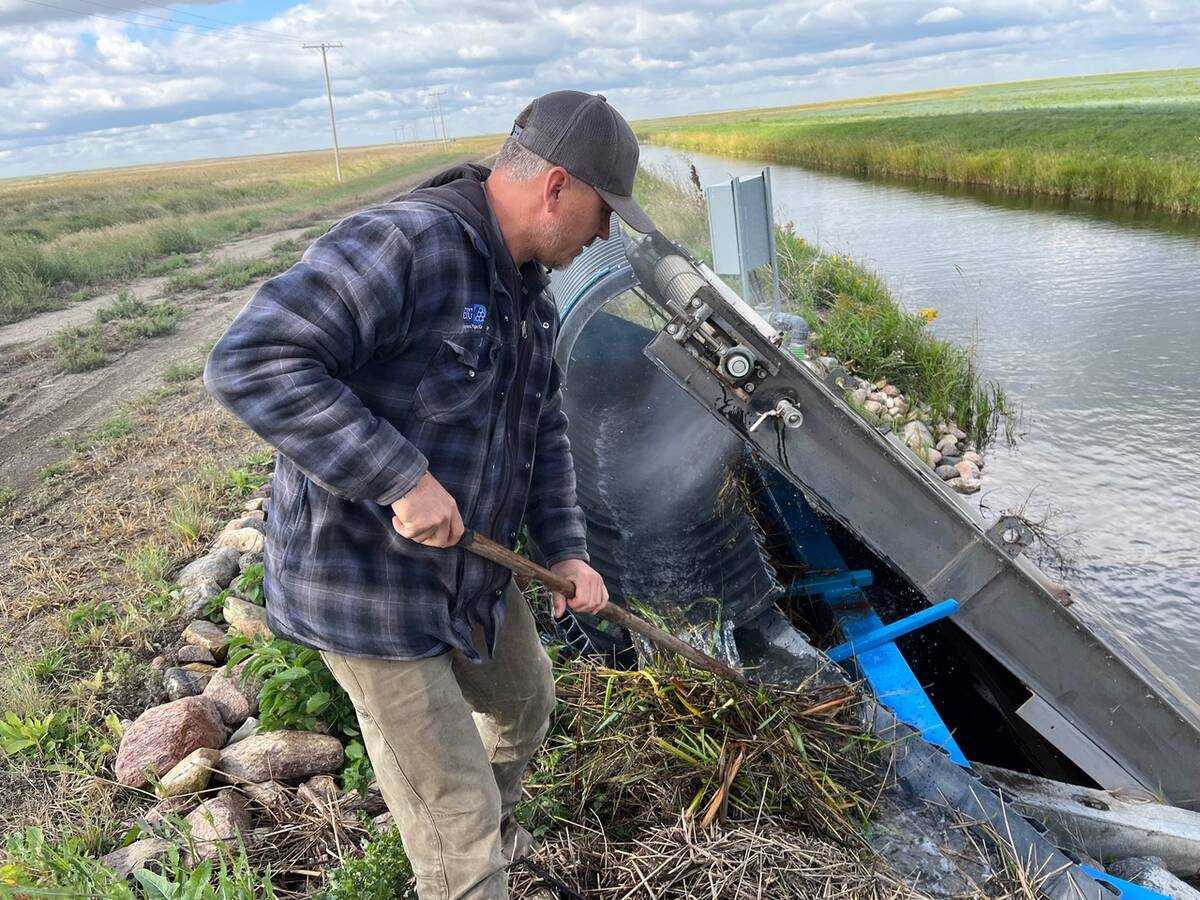American foul brood disease, considered the number one curse of honeybees, has triggered alarm bells in Alberta.
The disease appears to be developing resistance to the antibiotic being used to keep it in check, said Doug Colter, provincial apiculture specialist.
That has the province’s beekeeping industry hoping the federal government will soon give at least temporary registration to another antibiotic that can combat the disease.
“There’s a lot of American foul brood starting to show up again,” Colter said Aug 10.
“I’m afraid this fall when I start inspecting colonies it will be just the tip of the iceberg.”
Read Also

Saskatchewan farmer uses tile drainage to manage water
The integration of both irrigation and tile drainage results in higher yields, water efficiency, improved soils and less nutrient runoff, says one producer.
Earlier this year, Colter checked samples from hives sent in by 28 Alberta beekeepers.
Eight samples showed evidence that American foul brood is becoming resistant to the current antibiotic treatment.
Those eight beekeepers represent 26,000 honeybee colonies, which is 15 percent of the province’s total colony numbers.
American foul brood disease is a bacterial pathogen that invades the bee larvae. It is spread as a spore and can destroy a colony by killing the larvae before they mature into adults.
“If we suddenly get all these young bees dying off and not replacing the older bees that are dying, the colonies will collapse,” Colter said.
He hopes the federal government will approve the other antibiotic treatment within a matter of weeks.
The product is being tested to determine if it leaves a residue in the honey, a commodity promoted for its purity.
A common way to protect a colony against American foul brood is to include antibiotics in supplemental feed that is given to bees after the summer’s honey flow is over.
American foul brood is not yet in Saskatchewan but will arrive there inevitably, said Saskatchewan apiculturist John Gruszka. The disease hasn’t appeared in Manitoba either.
















